
North America is filled with some of the most interesting mammals worth seeing when you have the opportunity. Many of these incredible animals struggle to survive in their environments due to different challenges, making them even more interesting and worth taking care of. This article will show you some of the most incredible mammals that need a little more TLC than most other animals to ensure they are around for many years.
1. Vancouver Island Marmot
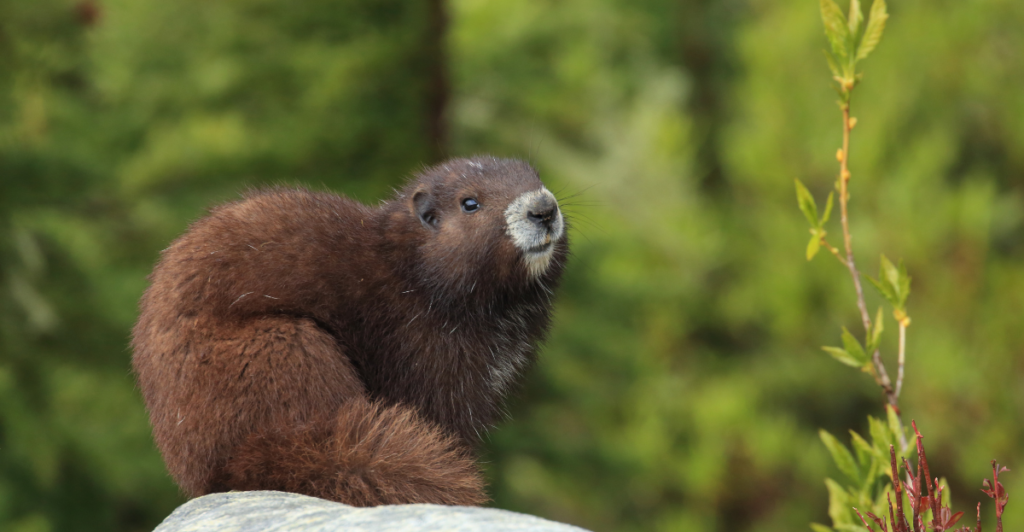
These little guys can only be found in the mountainous regions of Vancouver Island, British Columbia. With a wild population estimated at just 182–225 marmots spread across 27 colonies as of 2022, these little guys face a few threats, like predation by native species, habitat loss from climate change, and ecosystem changes following logging activities.
Once numbering fewer than 50 in the wild in 2004, the species has seen a cautious rebound thanks to intensive captive breeding and reintroduction programs, which have released over 587 marmots since 2003. Despite seeing some increase in their population, the future of these little guys is still pretty uncertain.
2. Canadian Lynx

These sneaky cats used to roam most of Northern America, but now they are confined to limited forests in the area. While their populations are still pretty secure throughout Canada and Alaska, they are still endangered throughout the rest of the U.S. Habitat loss and fragmentation, especially from wildfires, logging, and climate change, pose significant threats, confining the lynx to high-elevation, boreal forests with healthy snowshoe hare populations, its primary prey.
Recent research suggests the lynx’s historic range was much broader and that future conservation efforts could restore populations to areas like central Idaho, northern Utah, and the Yellowstone region, provided suitable habitat is protected or restored.
3. Sierra Nevada Red Fox
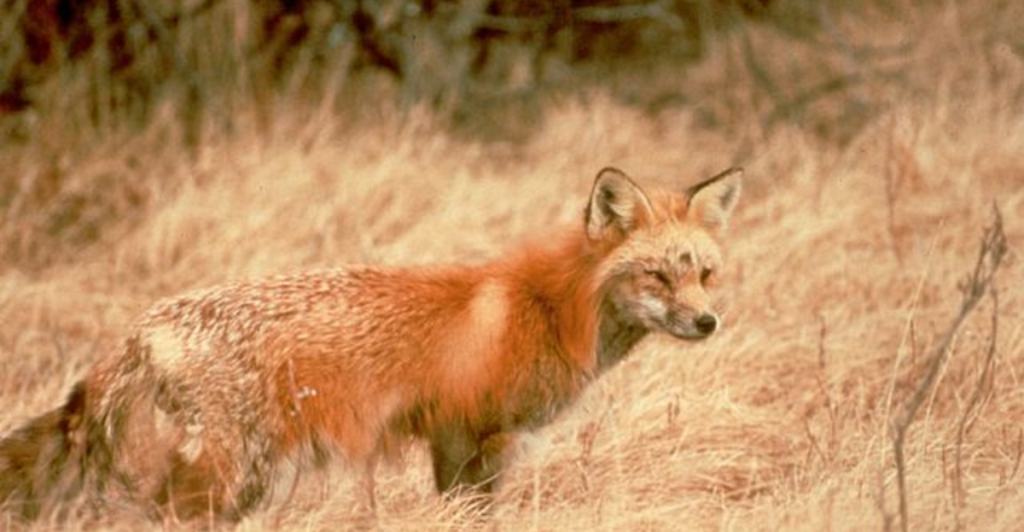
These remarkable mammals are some of the most elusive in the Northern U.S., with 18 to 50 foxes remaining across its fragmented range in California and Oregon. This slender, bushy-tailed fox is uniquely adapted to the harsh, high-elevation environments of the Sierra Nevada and southern Cascade mountains, where it endures cold temperatures and deep snow with its dense fur and snowshoe-like paws. Despite being adapted to extreme environments, they still face a threat from habitat loss from wildfires and climate change, competition and hybridization with non-native red foxes, dwindling prey, and the pressures of inbreeding.
The U.S. Fish and Wildlife Service listed the Sierra Nevada population as federally endangered in 2021, warning that without urgent intervention, it could vanish entirely from its historical range, which stretches from Lake Tahoe to the south of Yosemite.
4. Black-Footed Ferret
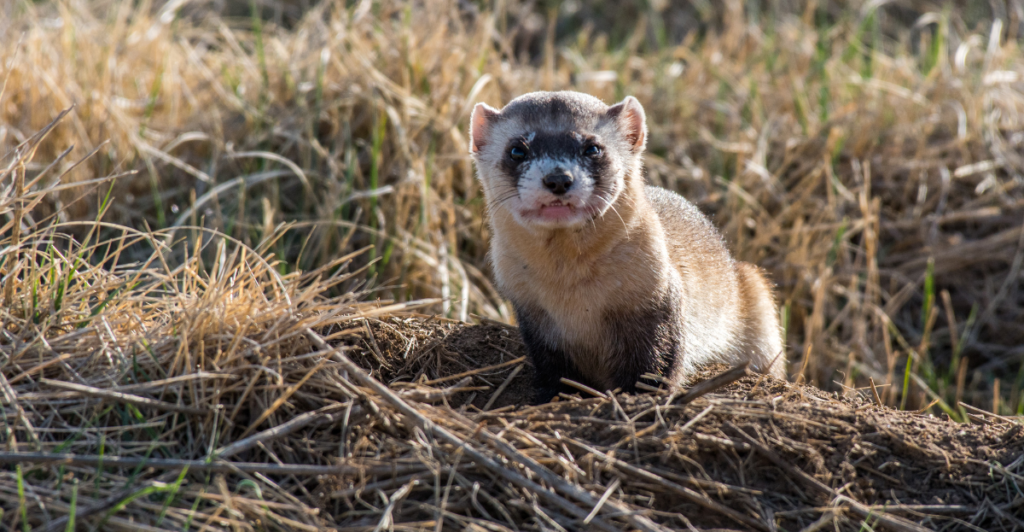
These little guys were once thought extinct, but now they are one of North America’s rarest and most endangered mammals, with only about 495 ferrets surviving in the wild. After their rediscovery in Wyoming in 1981, intensive recovery efforts, including captive breeding, reintroduction, habitat protection, and even cloning, have brought the species back from the brink, but their future is still unknown.
The black-footed ferret’s survival is threatened by habitat loss, disease (especially sylvatic plague), and the widespread decline of prairie dogs, which have lost up to 99% of their historic range.
5. Florida Black Bear
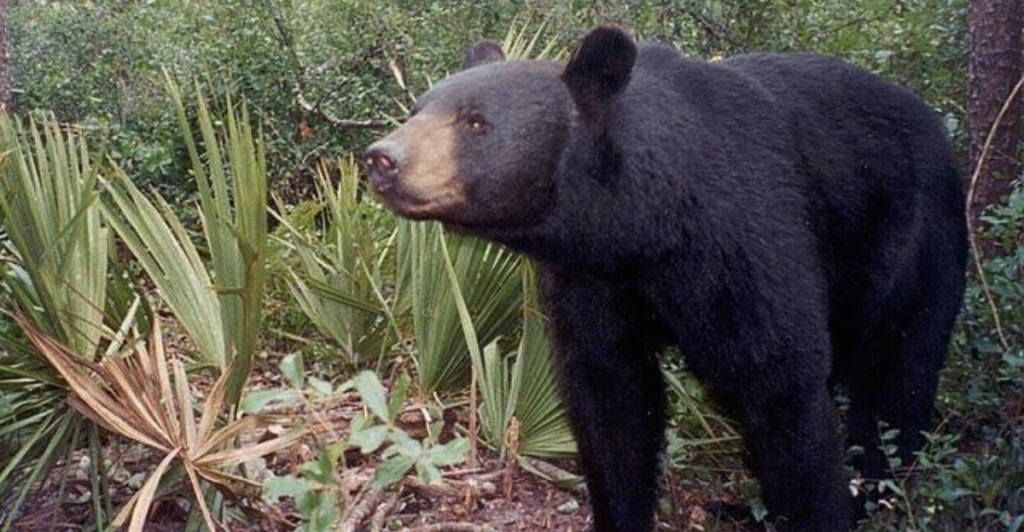
This bear is quite a remarkable mammal and has made quite an impressive comeback from the brink of extinction, with current estimates placing the population at around 3,000 to 4,000 bears. Despite being officially classified as “recovered” in 2012, these bears remain at risk due to ongoing habitat loss and fragmentation caused by rapid urban development and expanding road networks.
Today, Florida black bears are confined to just eight isolated habitats. Their shrinking and disconnected territories make it difficult for them to find food, mates, and safe passage, increasing the risk of vehicle collisions and genetic isolation.
6. Red Wolf

These interesting wolves once roamed across the southeastern United States but have since then been decimated by habitat loss, hybridization with coyotes, and especially human-caused mortality, including gunshot and vehicle collisions. As of early 2025, only about 16 to 18 red wolves are confirmed to remain in the wild, making their survival highly uncertain.
Conservation efforts, including captive breeding and periodic releases, have helped maintain a genetically diverse backup population, but the wild population continues to decline due to insufficient intervention and ongoing threats.
7. American Marten
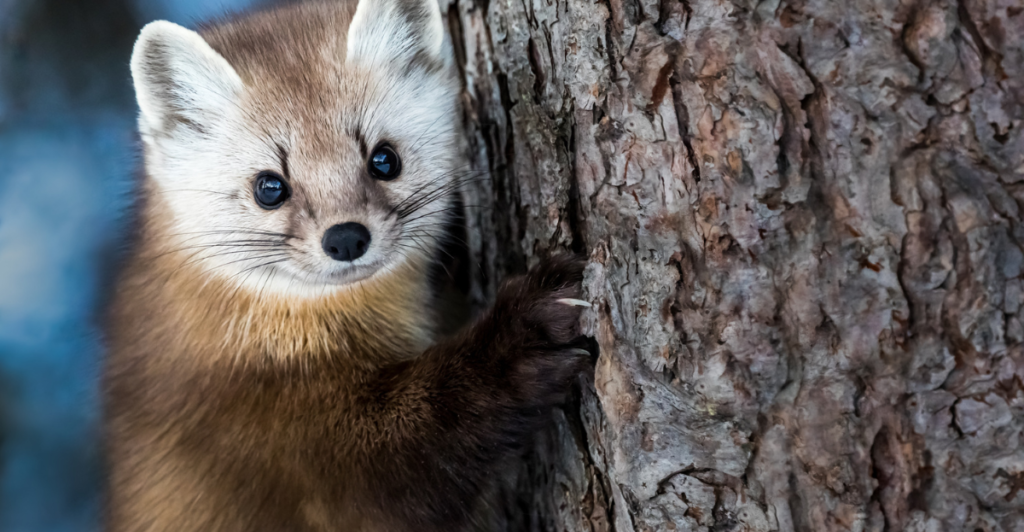
These agile little predators are part of the weasel family and roam the forests across Canada, Alaska, and parts of the northern United States, including the Rockies, Sierra Nevadas, and Great Lakes. While the species is globally listed as Least Concern due to its wide range and overall population in the hundreds of thousands, local populations have experienced significant declines and even extirpations, particularly in areas impacted by deforestation, intensive logging, and historic fur trapping.
Successful reintroduction efforts in states like Wisconsin and New Hampshire have helped restore marten numbers, but other regions, like Nova Scotia and Newfoundland, still list their populations as endangered or threatened due to small numbers and ongoing habitat threats.
8. Stephens’ Kangaroo Rat

These little rodents are mainly found in a handful of fragmented grassland and sparse scrub habitats in western Riverside and northern San Diego counties. This medium-sized, broad-faced kangaroo rat thrives in open areas with loose, loamy soils and minimal shrub cover. It is ideal for their burrowing lifestyle and efficient foraging on seeds and occasional green vegetation. Urbanization, agriculture, and habitat fragmentation have dramatically reduced their range, with most remaining populations confined to nature reserves and disturbed lands like grazed fields and roadsides.
Stephens’ kangaroo rat is particularly vulnerable to changes in land use and vegetation density, which can quickly render its environment unsuitable.
9. Pygmy Rabbit
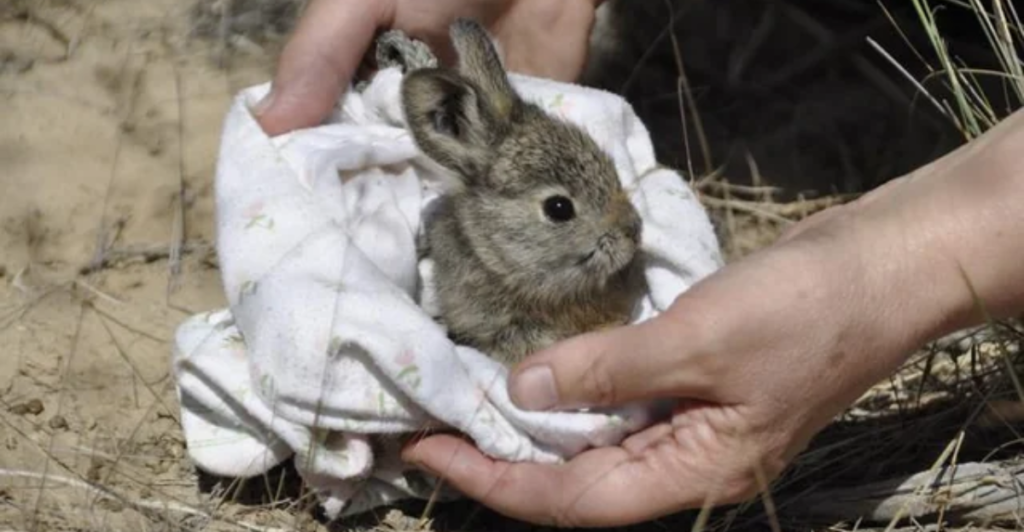
These little rabbits are unique among native rabbits for their ability to dig their burrows, a behavior that sets them apart from other cottontails and hares. These rabbits rely highly on dense stands of big sagebrush for food and shelter, as sagebrush constitutes up to 99% of their winter and over half of their summer diet.
Its distribution is patchy, with populations in parts of Idaho, Oregon, Nevada, Utah, Montana, Wyoming, and California. However, the availability of deep, loose soils and extensive sagebrush cover limits suitable habitat.
Explore more of our trending stories and hit Follow to keep them coming to your feed!

Don’t miss out on more stories like this! Hit the Follow button at the top of this article to stay updated with the latest news. Share your thoughts in the comments—we’d love to hear from you!







